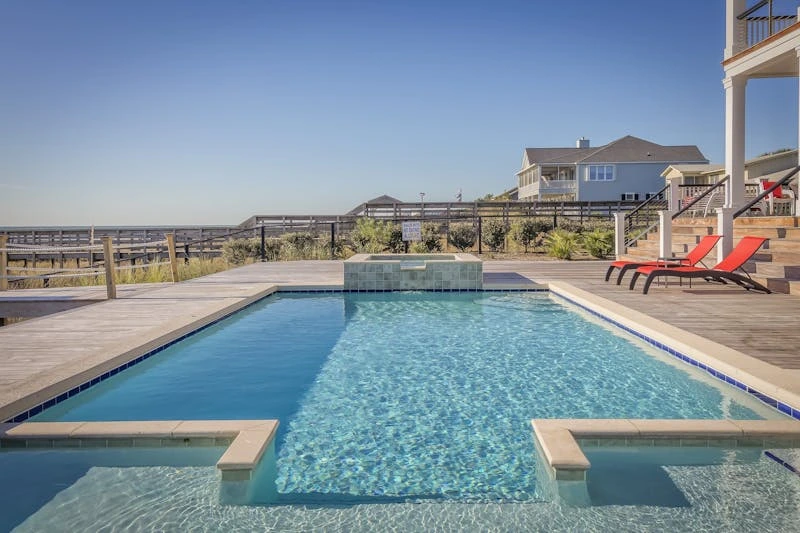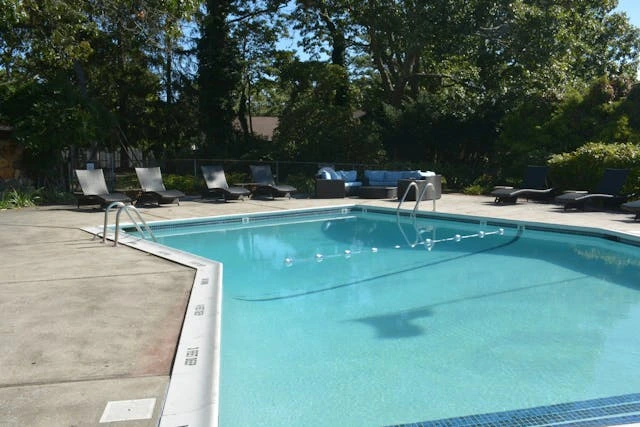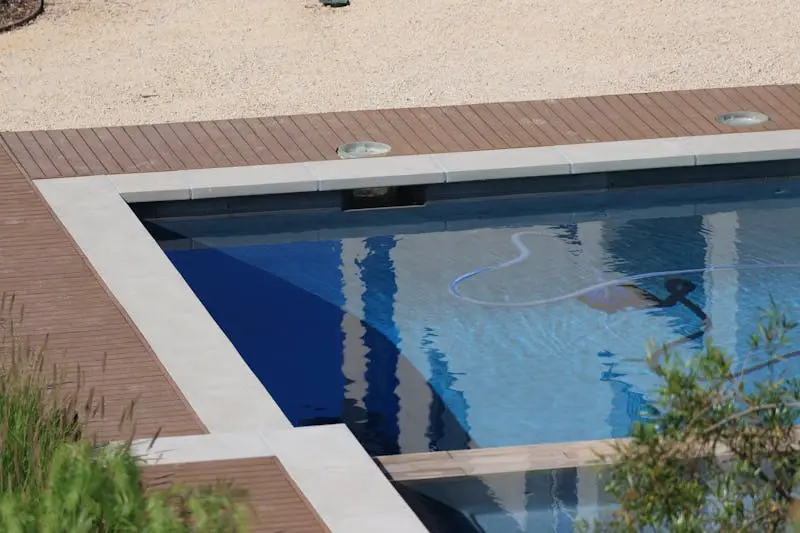How to Clean the Swimming Pool: A Simple Aussie Guide

If you’re a proud pool owner in Australia, knowing how to clean the swimming pool properly is a must. Whether you’re preparing for summer or just doing regular upkeep, a clean pool means healthier water, a longer-lasting filtration system, and more splash-ready weekends for your family.
This guide offers an easy-to-follow routine for cleaning the pool, caring for it seasonally, and handling common issues like algae — all tailored for Australian conditions.
Why Cleaning a Pool Matters?
A swimming pool isn’t just a backyard luxury — it’s an ecosystem. Dirt, leaves, sunscreen, sweat, and even rain can alter the water’s chemical balance. If you skip regular cleaning, algae can bloom, water can turn cloudy, and filters may get blocked.
Routine cleaning also:
1. Reduces the risk of bacterial growth
2. Keeps your pool equipment in good condition
3. Extends the life of your pool surface and lining
4. Saves money in the long run by avoiding big repairs
Let’s dive into the exact steps for how to clean a pool in a thorough, effective way.
Step 1: Remove Debris from the Surface
Start with the basics. Use a pool skimmer net to scoop out leaves, twigs, insects, and floating debris from the surface. Doing this daily during windy or leafy seasons helps reduce strain on your filter and stops organic matter from sinking and rotting.
Tip: Skim in the morning before the sun heats up the water — this slows algae growth.
Step 2: Brush Pool Walls and Steps
Even if your pool looks clean, algae and bacteria can cling to walls, tiles, and ladder rails. Use a pool brush suited to your pool type (nylon for vinyl, stainless steel for concrete) and scrub all surfaces.
Focus on:
1. Waterline tiles (where oils and dirt build up)
2. Corners and behind steps
3. Under pool ledges and lights
This step is vital if you’re dealing with a pool with algae or just want to prevent its growth.
Step 3: Vacuum the Pool Floor
Once debris and algae are loosened, use a pool vacuum cleaner to clean the floor. There are three main options:
1. Manual vacuums: Attach to your pool filter system
2. Suction or pressure-side vacuums: More automated, still need monitoring
3. Robotic pool cleaners: Self-contained, energy-efficient units that scrub and vacuum automatically
While robotic pool cleaners are more of an upfront investment, they save a lot of time and work — especially for busy Aussie households.
Step 4: Empty Skimmer and Pump Baskets
The skimmer and pump baskets collect leaves and larger debris. Clogged baskets reduce water circulation and pressure, which puts stress on your pump.
Do this weekly, or more often if you’re in a leafy area. Always turn off the pump before removing the lid and cleaning the basket.
Step 5: Test and Balance Your Pool Water
Clean water isn’t just about appearance — it’s about chemical balance. Use a test kit or test strips to check:
1. pH (should be between 7.2 and 7.6)
2. Chlorine (1 to 3 ppm)
3. Alkalinity (80 to 120 ppm)
4. Calcium hardness (200 to 400 ppm)
5. Cyanuric acid (30 to 50 ppm for outdoor pools)
Once tested, add the necessary pool chemicals slowly and carefully, following label directions. This step keeps your water crystal-clear and safe for swimming.
Step 6: Shock Your Pool
Shocking means adding a large dose of chlorine or non-chlorine oxidizer to destroy organic contaminants.
You should shock your pool:
1. After heavy use (like pool parties)
2. After rainstorms
3. When water looks cloudy or smells strong
4. At least once every two weeks in summer
Shocking is crucial when cleaning pools with visible algae or green water.
Step 7: Clean the Filter System
Your pool filter (sand, cartridge, or DE) is the heart of your system. It catches small particles that skimming and vacuuming miss.
General filter maintenance:
1. Cartridge filters: Rinse every 2 weeks, replace every 1-2 years
2. Sand filters: Backwash every 2-3 weeks
3. DE filters: Backwash monthly, recharge with DE powder
A dirty filter can make even the cleanest-looking pool unsafe.
Step 8: Run the Pump Regularly
Your pump should circulate all the water in your pool at least once a day, ideally for 8 to 12 hours. Proper circulation helps distribute chemicals and keeps the water moving — a key factor in stopping algae from settling.
Dealing with a Pool Full of Algae
Algae can turn your pool water green, brown, or even black. It grows fast in warm, still water and feeds on organic debris and sunlight.
To clean a pool with algae:
1. Brush all surfaces thoroughly
2. Vacuum up loose particles
3. Shock the pool heavily
4. Run the filter continuously for 24–48 hours
5. Backwash or clean the filter afterward
6. Retest and rebalance your water
You may need to repeat this process twice for stubborn infestations.
Seasonal Pool Cleaning Tips for Aussies
Summer Season Tips
1. Clean skimmer baskets daily
2. Test water every 2-3 days
3. Use a solar cover to reduce evaporation
Winter Season Tips
1. Reduce pump run time to 4–6 hours
2. Use a winter algaecide
3. Cover the pool to keep out debris
4. Lower water level if using a solid cover
Winter pool care helps reduce algae and makes spring reopening easier.
How to Care for a Pool Long-Term?
Beyond routine cleaning, long-term care helps keep your pool functional and safe.
Pool care checklist:
1. Inspect seals, lights, and ladders quarterly
2. Get your system professionally serviced yearly
3. Replace worn brushes and hoses
4. Upgrade to energy-efficient pumps and cleaners
5. Consider installing timers and smart systems for automation
Good habits go a long way in reducing the time, money, and stress involved in pool ownership.
Cleaning a swimming pool isn’t complicated — but it does take consistency. From daily skimming to monthly shock treatments and seasonal checks, each step plays a role in maintaining clean, clear, and safe water.
With this practical Aussie guide on how to clean the swimming pool, you now have the tools to keep your pool sparkling all year round — whether you’re tackling summer algae or prepping for winter cover.
So grab your brush, check your levels, and enjoy the splash without the stress!



